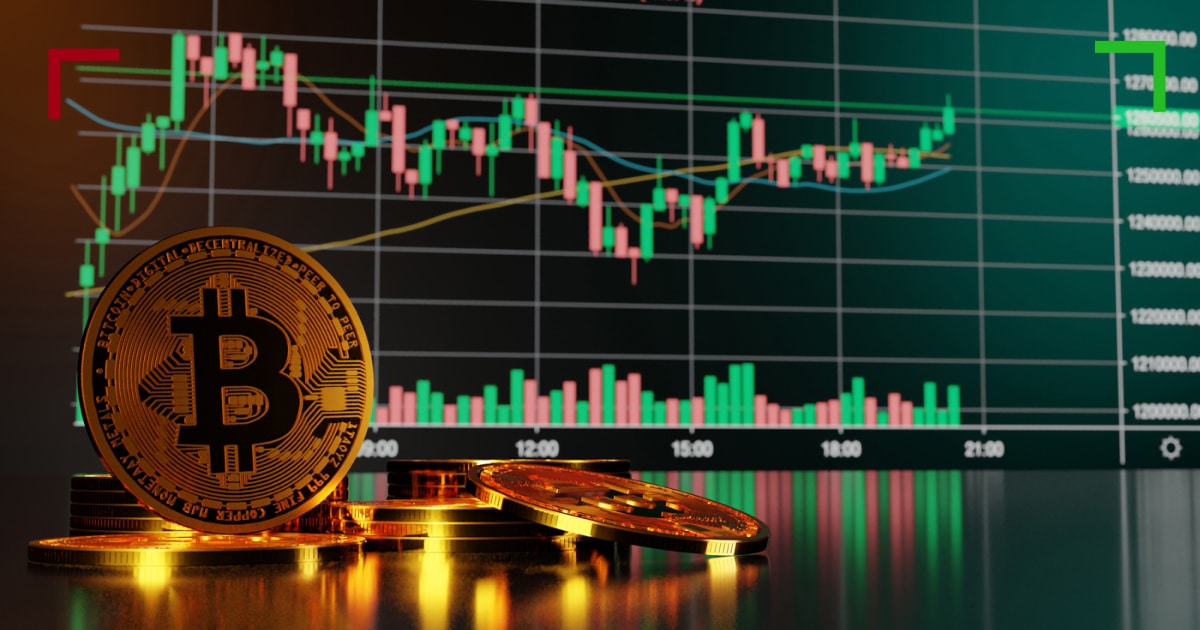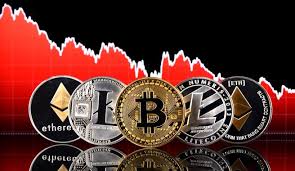Understanding Crypto Trading High-Frequency Strategies and Insights

Understanding Crypto Trading High-Frequency: Strategies and Insights
In recent years, the financial landscape has been revolutionized by the advent of cryptocurrencies and the associated trading methodologies. One particularly intriguing aspect is Crypto Trading High-Frequency, which has gained immense traction among traders and investors alike. This article will delve into the intricacies of high-frequency trading in the crypto space, exploring strategies, key technologies, and their implications. For more insights on related topics, visit Crypto Trading High-Frequency https://www.livingfreeintennessee.com/category/featured/page/29/.
What is High-Frequency Trading?
High-frequency trading (HFT) refers to a form of algorithmic trading that utilizes sophisticated algorithms to execute a high volume of orders at extremely high speeds. This trading method capitalizes on small price discrepancies in the market, enabling traders to make profits from rapid transactions over extremely short time frames. While HFT is not unique to cryptocurrencies, its application within the crypto market has distinct characteristics that set it apart from traditional markets.
The Rise of Crypto High-Frequency Trading
The rise of high-frequency trading in the cryptocurrency market can be attributed to several factors. Firstly, the unparalleled volatility of digital assets creates numerous opportunities for traders seeking to make quick profits. This volatility is often more pronounced than in traditional markets, where assets typically have more stable price movements.
Furthermore, the technological advancements that support HFT have become increasingly accessible. Trading platforms and tools designed to facilitate high-frequency transactions are now widely available, allowing both institutional and retail traders to engage in this style of trading. This democratization of technology plays a vital role in the expanding adoption of HFT practices.
Key Strategies in Crypto High-Frequency Trading
Effective high-frequency trading does not solely rely on speed; it requires a well-defined strategy and a deep understanding of market dynamics. Here are some common strategies employed by HFT traders in the crypto space:

Scalping
Scalping involves making numerous trades throughout the day to capitalize on minor price movements. Traders utilizing this strategy aim to ‘scalp’ small profits from each transaction, accumulating significant gains over the course of many trades.
Arbitrage
Arbitrage is another popular strategy, where traders exploit price discrepancies between different exchanges. For example, if Bitcoin is priced lower on Exchange A than on Exchange B, savvy traders can buy on the lower-priced exchange and sell on the higher-priced one to realize a profit.
Market Making
Market makers provide liquidity to the market by placing buy and sell orders at different price levels. They profit from the spread between the buy and sell prices, and their presence enhances market efficiency, making it easier for other traders to execute their orders.
Technological Infrastructure for High-Frequency Trading
The backbone of any successful high-frequency trading operation is its technological infrastructure. High-frequency traders rely on sophisticated algorithms, reliable real-time data feeds, and low-latency trading platforms to execute their trades rapidly and accurately.
These technologies favor traders who can minimize latency – the delay between sending an order and its execution. Techniques such as colocating servers close to exchange data centers can significantly reduce latency, giving traders a competitive edge.

The Risks of High-Frequency Trading
Despite its potential for profit, high-frequency trading is not without risks. The reliance on technology can be a double-edged sword; system failures or glitches can lead to substantial financial losses. Moreover, the rapid price movement inherent in cryptocurrencies can result in high volatility, making it essential for traders to manage risk meticulously.
Additionally, the high-speed nature of HFT can lead to unforeseen market events, including flash crashes where asset prices plummet rapidly, causing significant losses for traders unable to react swiftly enough.
Regulatory Considerations
As high-frequency trading in cryptocurrencies continues to evolve, regulations surrounding this trading style are also developing. Regulatory bodies are increasingly scrutinizing HFT practices to ensure market integrity and protect investors. In the traditional finance space, regulations have aimed at reducing risks associated with HFT, such as market manipulation and excessive volatility; similar scrutiny is expected in the crypto market.
Future of Crypto High-Frequency Trading
The future of high-frequency trading in the cryptocurrency market looks promising. As technology continues to advance, new trading strategies are likely to emerge, allowing traders to better navigate the volatile landscape of digital assets. Furthermore, the ongoing development of decentralized finance (DeFi) platforms presents new opportunities and challenges for HFT traders, introducing innovative trading environments.
Conclusion
High-frequency trading represents a dynamic and evolving facet of the cryptocurrency landscape. With its reliance on advanced technology, rapid execution, and strategic market engagement, HFT has reshaped the way trading is conducted in the crypto sector. While it presents significant opportunities for profit, it also carries inherent risks that traders must navigate carefully. As the market matures, traders must remain adaptable and informed to harness the full potential of crypto trading high-frequency strategies.


